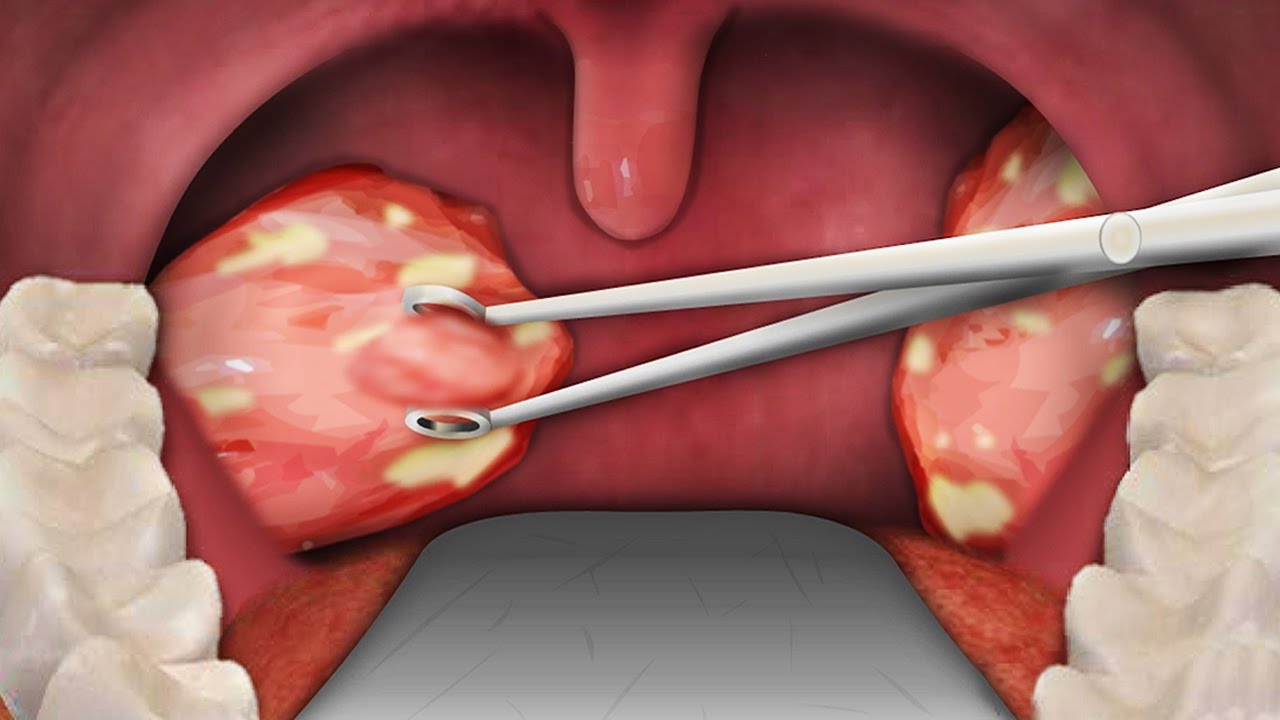Tonsillectomy

Tonsillectomy is one of the most common procedures performed in the United States. Approximately 250,000 cases are performed each year. There are several indications for tonsillectomy.
Symptoms & Causes
One of the most common reasons is obstructive sleep apnea. For sleep apnea, a tonsillectomy and adenoidectomy is indicated. A T&A can also be performed for snoring, however, I usually don't recommend a T&A just for snoring. I also look for other symptoms, including but not limited to restless sleeping, bedwetting, behavioral issues, and fatigue.
Another one of the most common reasons for tonsillectomy is recurrent tonsillitis. Most episodes of tonsillitis are viral in nature and resolve on their own. Sometimes tonsillitis is related to a strep infection, which needs to be ruled out with a rapid strep test and/or throat culture. The general guidelines for performing a tonsillectomy for recurrent tonsillitis are 7 infections in a year, 5 infections every year x 2 years, and 3 ear infections every year x 3 years. These guidelines are recommendations. Other factors can play a role like how often the patient has to go to the ER, if they have to be admitted to the hospital, or if there is a history of a peritonsillar abscess, which is a collection of pus that develops in the soft palate above the tonsil. I typically allow a patient to have one episode of a peritonsillar abscess. If it reoccurs after treatment, then I recommend a tonsillectomy.
Another indication for a T&A is chronic mouth breathing secondary to enlarged tonsils and adenoids. In this case, the patient is compensating for enlarged tonsils and adenoids by keeping their mouth open. Thus, by removing the patient's obstruction, the patient then is able to breathe with their mouth closed. This transition from mouth breathing and nose breathing can take up to 3 months after surgery. Sometimes a patient needs speech therapy after surgery if their mouth breathing persists.
Another indication for tonsillectomy is chronic bad breath. Most of these patients are getting tonsillitis, which is food that gets caught in the crypts of the tonsils and dries out. Some patients require a tonsillectomy secondary to their large tonsils causing the patient to have trouble swallowing. I don't see this indication very often even in patients with very large tonsils. Just because the patient has very large tonsils does not mean that they require a tonsillectomy. It depends on their symptoms.
